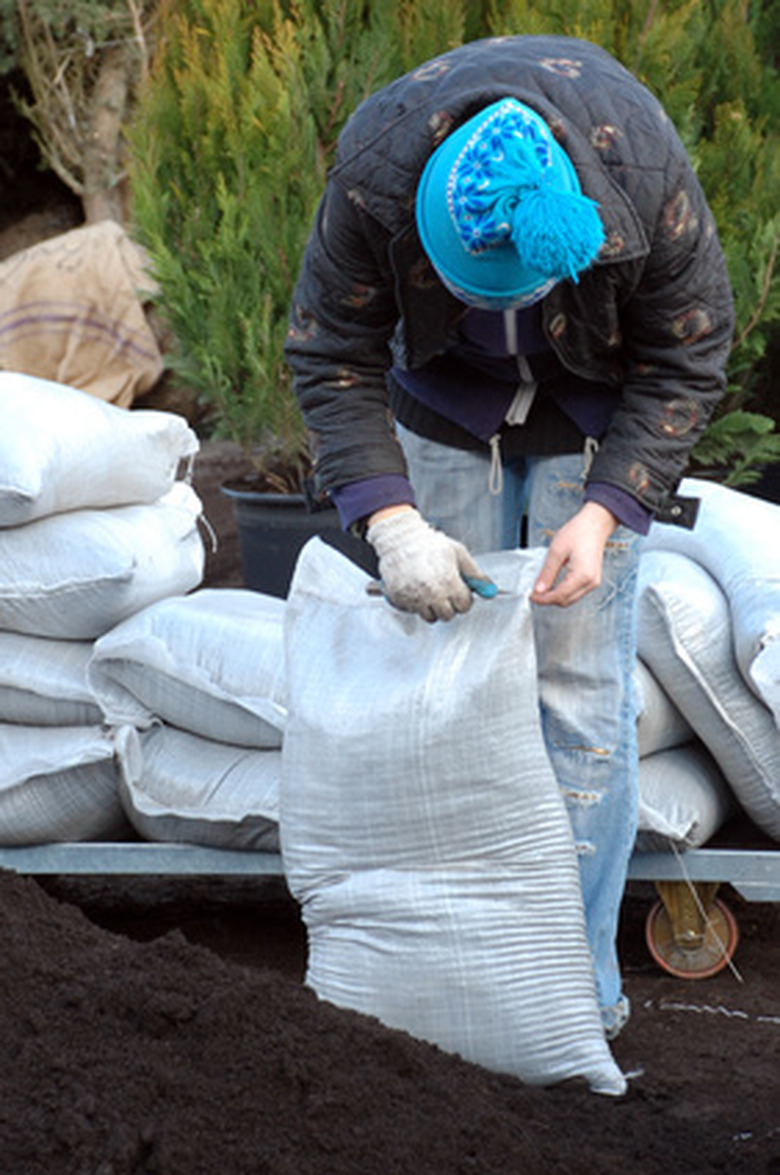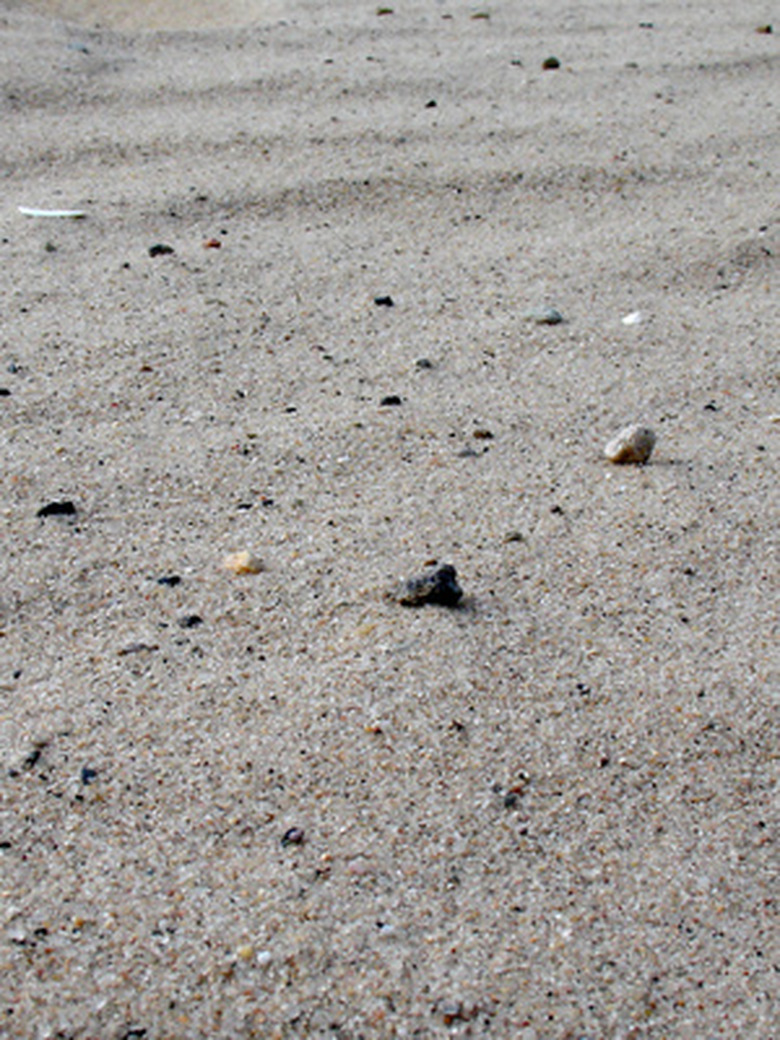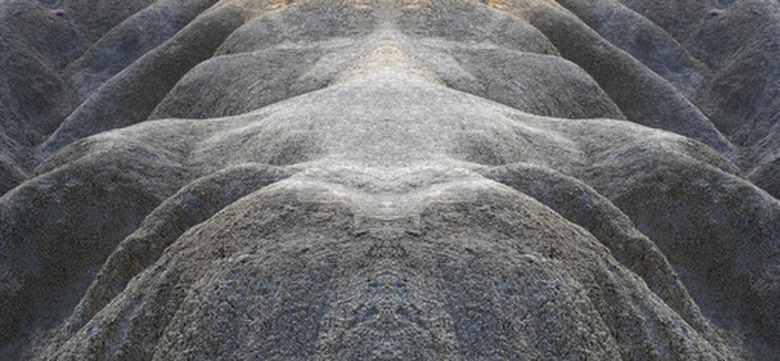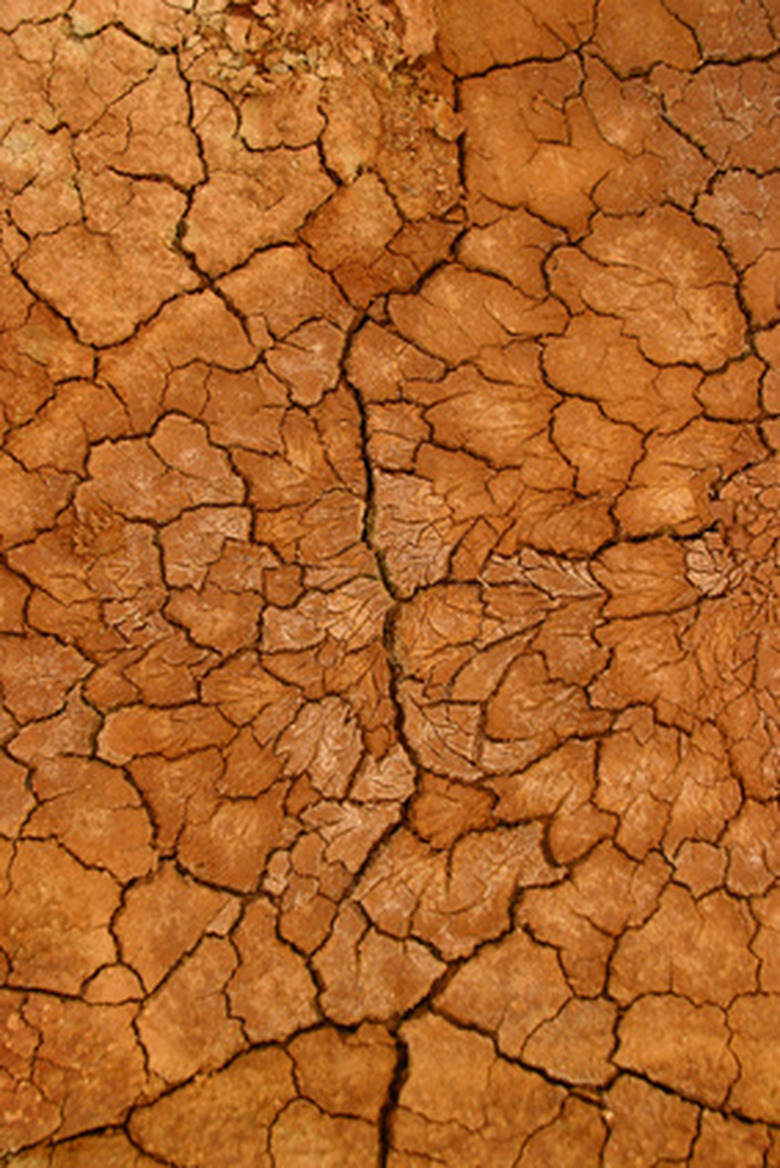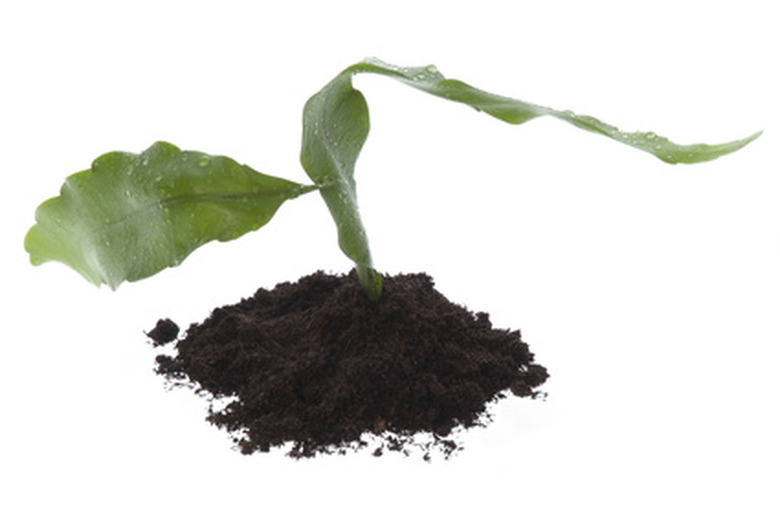Six Types Of Soil
You may treat it like dirt, but you'd be lost without it. Scientists use a variety of features to categorize soil including color, moisture and organic content, pH level, temperature and texture. But you don't need a lab to determine a soil's type, a good approximation can be done if you understand the basic characteristics of the different types.
Sandy Soil
Sandy soil, or granular soil, is made up of tiny rocks such as limestone, granite, quartz and shale. Sandy soil allows the most air and water to pass through and warms up quickly in the spring. It feels gritty or rough to the touch and typically lacks nutrients. Sandy soils may be up to 10 percent silt and 10 percent clay.
- You may treat it like dirt, but you'd be lost without it.
- Sandy soil, or granular soil, is made up of tiny rocks such as limestone, granite, quartz and shale.
Silty Soil
Silty soil falls between sandy and clay soils in size and is composed mostly of minerals such as quartz. It is smooth and soapy to the touch. Although it looks like dark sand, it holds water better than sandy soil and has more nutrients. It is the most fertile of all the soils.
Clay Soil
Clay soils, or fine-grained soils, have smaller particles than sandy or silty soil. When wet, it becomes sticky, compact and drains poorly. It is typically hard to work with. Clay soils may be anywhere from 50 to 100 percent clay, with the other portion a combination of sandy and silty soil.
- Silty soil falls between sandy and clay soils in size and is composed mostly of minerals such as quartz.
Loamy Soil
Loamy soil, or tri-part soil, is a combination of about 25 to 40 percent sand, 30 to 50 percent silt and 10 to 30 percent clay. This soil drains well while retaining adequate moisture and nutrients for growth, which makes it perfect for growing most plants.
Peaty Soil
Peaty soil, or marshy soil, is soil higher in organic materials than other soils. It has a high pH level, which slows decomposition. Peat has fewer nutrients and retains water easily. It is usually dark in color and feels spongy when squeezed.
Chalky Soil
On the opposite end of the pH spectrum from peaty soils are chalky soils. Chalky soil are alkaline and usually contain a number of stones. This soil dries out quickly in the summer and has high levels of iron and magnesium, which can cause nutritional deficiencies in plants.
- Loamy soil, or tri-part soil, is a combination of about 25 to 40 percent sand, 30 to 50 percent silt and 10 to 30 percent clay.
- This soil dries out quickly in the summer and has high levels of iron and magnesium, which can cause nutritional deficiencies in plants.
